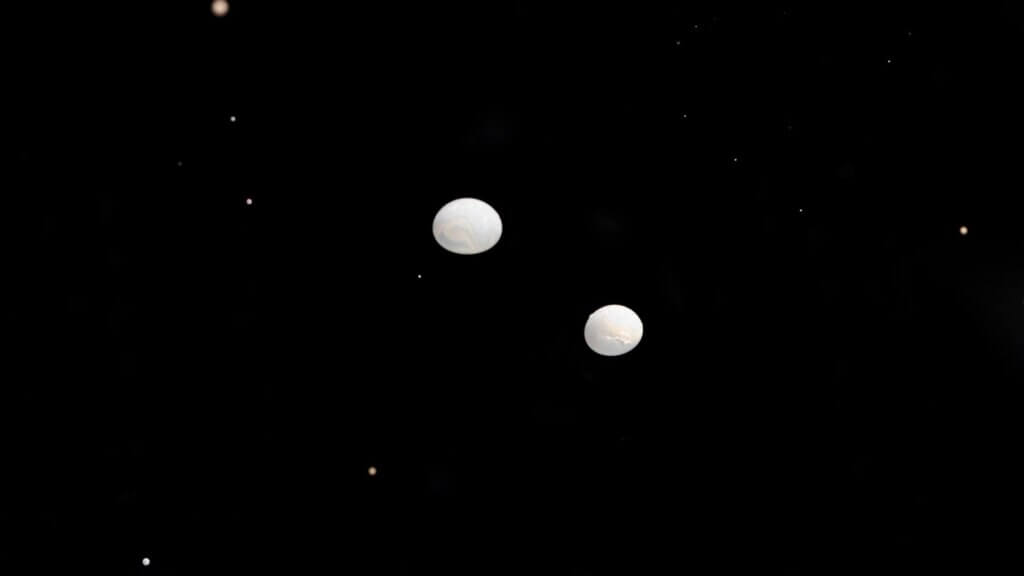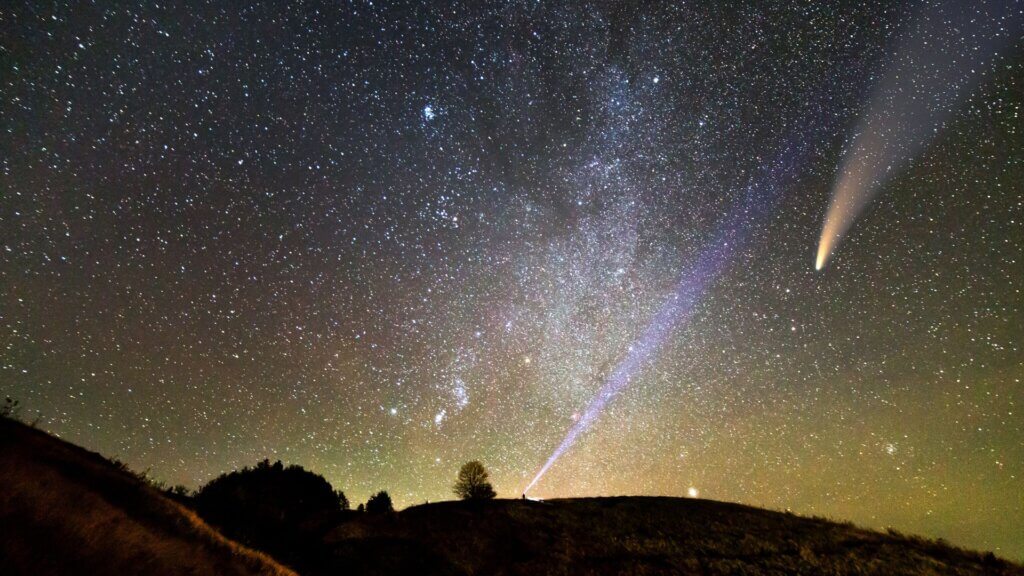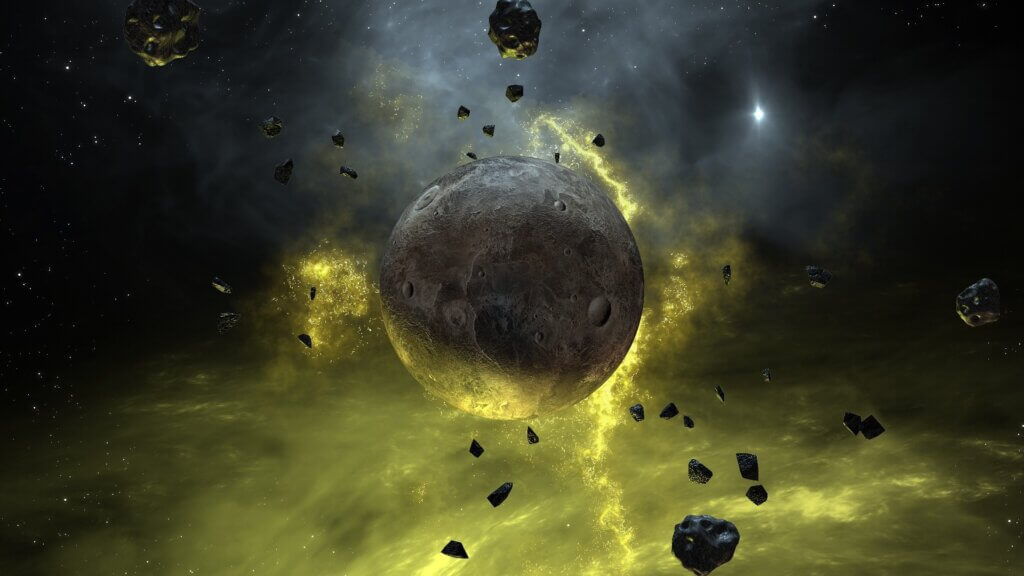Products are selected by our editors, we may earn commission from links on this page.

The universe is full of surprises, and sometimes they’re much closer than we imagine. Astronomers have recently identified a small companion that has been trailing Earth for decades without detection. This newly confirmed quasi-moon, 2025 PN7, adds another fascinating chapter to the story of near-Earth objects and their mysterious journeys through space.
A Companion We Never Noticed

For decades, astronomers have scanned the skies for near-Earth objects, but one small cosmic traveler managed to remain invisible. Recently, researchers confirmed the presence of a previously overlooked quasi-moon that has been quietly pacing Earth’s orbit for more than half a century.
Discovery Through Sharp Eyes

The object, officially named 2025 PN7, was detected on August 2 by the Pan-STARRS observatory in Hawaii. Its appearance in newly captured images led scientists to dig through archival data, uncovering traces of the asteroid going back as far as 2014.
Not Just a Recent Visitor

Analysis suggests that this small body has been in a steady orbital dance with our planet for roughly 60 years. What’s even more fascinating is that it is expected to maintain this cosmic rhythm for another six decades before eventually drifting away.
A Small but Remarkable Traveler

Measuring about 62 feet (19 meters) across, 2025 PN7 is relatively tiny compared to many other near-Earth objects. Depending on its position, it drifts between 2.8 million and 37.2 million miles from Earth. Its most recent sighting placed it in the constellation Piscis Austrinus, visible from the Southern Hemisphere.
Not Truly a Moon

Despite its nickname, this quasi-moon does not orbit Earth the way our natural Moon does. Instead, it shares a similar path around the Sun. Earth’s gravity influences its journey, making it appear as if it travels alongside us, though it never actually becomes trapped in orbit.
The Difference Between Quasi-Moons and Mini-Moons

It’s important to distinguish quasi-moons from mini-moons. While quasi-moons remain in sync with Earth’s orbit for long stretches of time, mini-moons are briefly captured by our planet’s gravity. These temporary satellites may circle Earth for weeks or months before breaking free.
A Glimpse of Temporary Satellites

In fact, Earth occasionally gains a short-term companion. Just last year, a small asteroid was pulled in by our planet’s gravity, becoming a mini-moon for a brief two-month stay before escaping into space again. Such events are fleeting but highlight the complexity of orbital dynamics.
Other Quasi-Moons We Know

2025 PN7 is not the only quasi-satellite discovered. The most famous example is Kamoʻoalewa (2016 HO3), a much larger object measuring up to 328 feet (100 meters). Identified in 2016, it has since become a target of great scientific interest.
A Mission Beyond Earth

China’s Tianwen-2 mission, launched earlier this year, is set to rendezvous with Kamoʻoalewa and return samples by 2027. Scientists hope the material gathered will provide valuable insights into the early history of our solar system and the origins of near-Earth asteroids.
Why It Matters

Discoveries like 2025 PN7 remind us that space still holds many mysteries, even close to home. These quiet companions, drifting unnoticed beside our planet, offer astronomers unique opportunities to study celestial mechanics, planetary defense, and the dynamic environment of near-Earth space.

